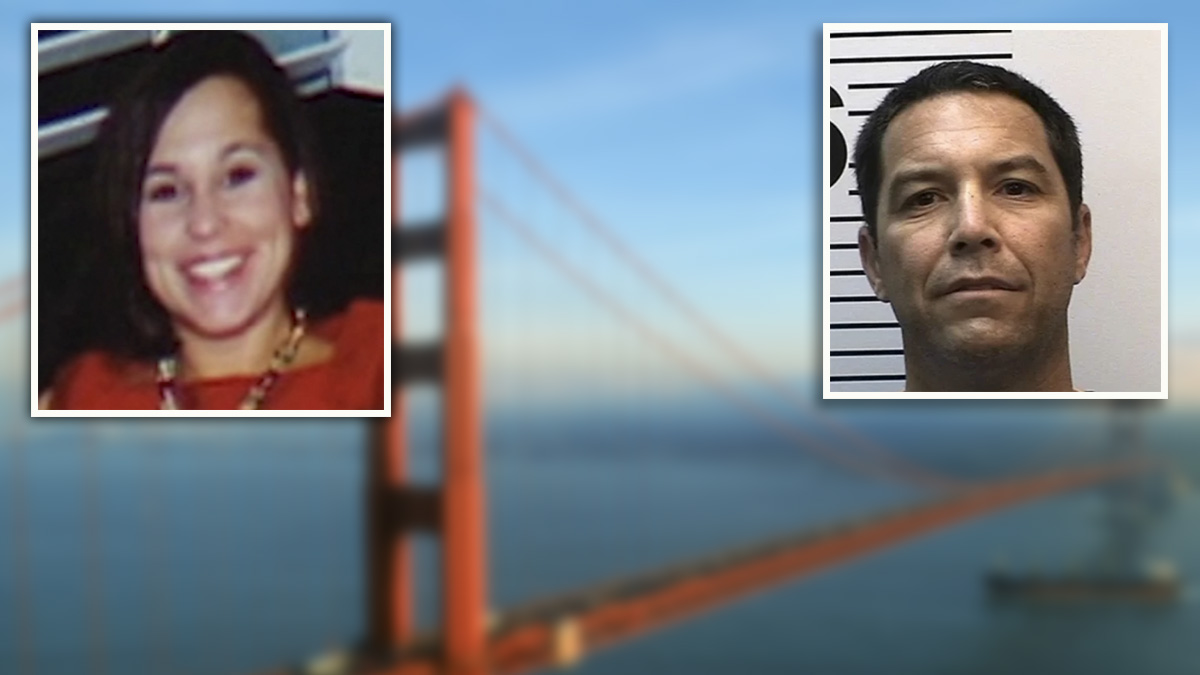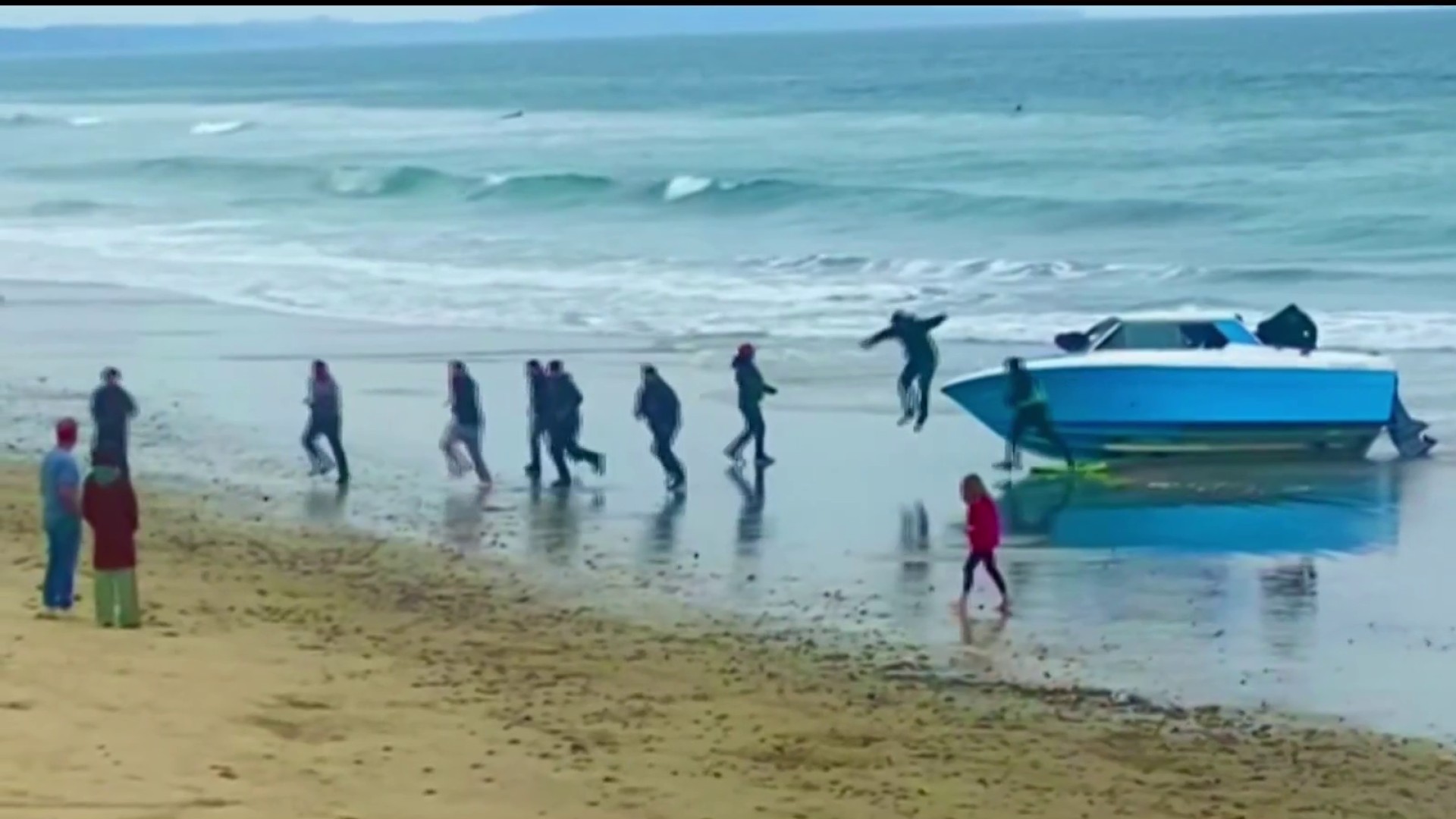An "El Nino Watch" has officially begun for drought-plagued California, offering a measure of hope for heavier rainfall next winter, but no guarantees, warned one world-renowned El Nino authority.
"It is exceptionally iffy," cautioned Bill Patzert, a climatologist at NASA's Jet Propulsion Laboratory (JPL) that straddles the border between Pasadena and La Canada Flintridge. Patzert has been studying the El Nino phenomenon for more than three decades.
The El Nino Watch was declared Thursday by the federal Climate Prediction Center. It put the odds at fifty-fifty that El Nino conditions would develop during the year and into next winter, usually California's wet season.
El Nino winters have often been marked by series of warm, wet storms, pushing Southern California rainfall totals far above the average in Los Angeles of 14 inches. The last major El Nino winter, 1997-98, drenched LA with 31 inches.
Radar satellites can see indications of a developing El Nino coming in the Pacific Ocean tropics off Central America and upper South America.
Water warming above normal temperatures is an El Nino hallmark. The name, a reference
in Spanish to the Christ Child, stems from the weather phenomenon's history of becoming apparent to the Latin American coast around Christmas.
At this point, warming in the eastern Pacific (near the west coast of the Americas) has yet to begin, and recent measurements reflect "neutral," according to the Diagnostic Discussion posted Thursday by the Prediction Center.
"There is considerable uncertainty as to whether El Niño will develop during the summer or fall. If westerly winds continue to emerge in the western equatorial Pacific, the development of El Niño would become more likely."
Getting clarity may take several more months, Patzert believes.
California
News from across California
"It's way too early to call this El Nino."
Even if it does develop, Patzert noted that not all Ninos are created equal.
"Often a smaller or medium El Nino won't mean anything," Patzert said.
El Nino and its opposite La Nina tend to have one-year periods, that play out against a longer-term phenomenon known as the Pacific Decadal Oscillation, with -- as its name implies -- a period on the order of decades.
The "PDO" was in a wet phase during the last two decades of the 20th century. The El Nino of 1982-83 brought Los Angeles nearly 40 inches of rain, more that season than the historically far wetter Pacific Northwest received.
Around the turn of the millenium, the PDO switched phases, said Patzert, noting that 11 of the last 16 years have been drier than average in Los Angeles, and that the Ninos in this period have been less severe, with seasonal rainfall totals in some cases below average.
During the last El Nino in 2010-11, only a rare "atmospheric river" in December, 2010
pushed that season's rainfall above normal.
Patzert would not be surprised if the Oscillation's dry phase continues another decade. There is evidence that before California's recorded history began in the 18th century, some droughts endured for centuries.
"There's nothing more I'd like to see than an El Nino charging over the horizon to bust this drought," Patzert reflected wistfully, wearing a short-sleeved Hawaiian shirt on another winter day of Hazy sunshine.
But he thinks those who are counting on an El Nino to end the drought should be ready for a reality check.
"A year from now we might still be talking the D word--Drought."



